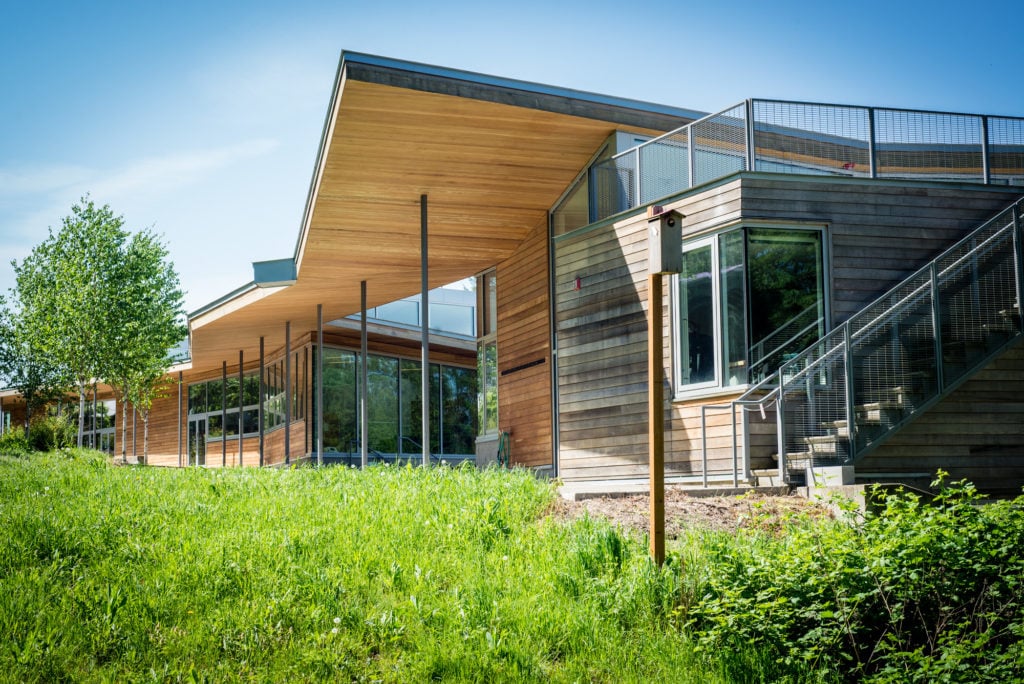Law & Politics
Independent Art Schools Across the Country Face Mounting Pressures. Should They Become Training Grounds for ‘Creatives’?
Schools have been forced to merge, slash tuition rates, or simply shutter.

Schools have been forced to merge, slash tuition rates, or simply shutter.

Eileen Kinsella

Higher education institutions of all kinds are under intense pressure today. Art schools are no exception, and the effects are driving a rift through the field.
In a thorough, well-researched report for InsideHigherEd, reporter Rick Seltzer lays out the situation. Most strikingly, he notes data from the Association of Independent Colleges of Art and Design (AICAD) that shows an increasing split in the fortunes of art colleges: “With a few exceptions, most of the association’s member institutions that enroll more than 500 students have seen enrollment rebound in the last few years, while those with fewer than 500 have seen it fall.”
While these trends are really just “a microcosm of the higher ed environment,” according to Deborah Obalil, president and executive director of AICAD, there are specific factors that have hit art education particularly hard. According to the report:
Curricular changes make it more difficult for some students to take classes before they graduate from high school, meaning art schools must work harder to reach prospective students at an early age. Meanwhile, art schools remain capital-intensive operations to run, as supplies, equipment, small class sizes and generous faculty-to-student ratios keep expenses high.

Memphis College of Art, Memphis, Tennessee. Photo by Kenneth C. Zirkel. Image courtesy Wikimedia Commons.
Top institutions like Rhode Island School of Design and California Institute of the Arts are doing well. Overall, AICAD member schools enroll 34,466 undergraduates in 2018—up about 2.4 percent from a decade ago (though this excludes schools that have closed or merged, so the trend doesn’t necessarily tell you about the situation of individual schools).
At the same time, “about a fifth” of the 43 AICAD institutions have faced some sort of crisis in the last few years. Among them:
Obalil tells InsideHighEd that it’s hard to make general conclusions, and that each closure or merger situation is unique to some degree. “What commonalities I’ve seen often line up… with size and the inability to scale,” she said.
One solution, intriguingly, seems to be for smaller arts colleges to broaden their training to prepare students to enter the growing field of art-adjacent jobs as “creatives.” Knowing that not all graduates move on to join a gallery roster or get a teaching post—and in light of the financial burdens taken on by students—Pacific Northwest College of Art Don Tuski took a pragmatic view.
“We still want students to do great, experimental, edgy artwork,” he told InsideHigherEd. “But if they learn to apply that creativity in multiple ways, that’s what society wants and needs, and that’s why I think art schools, if they get their business models together, can be leaders in society.”